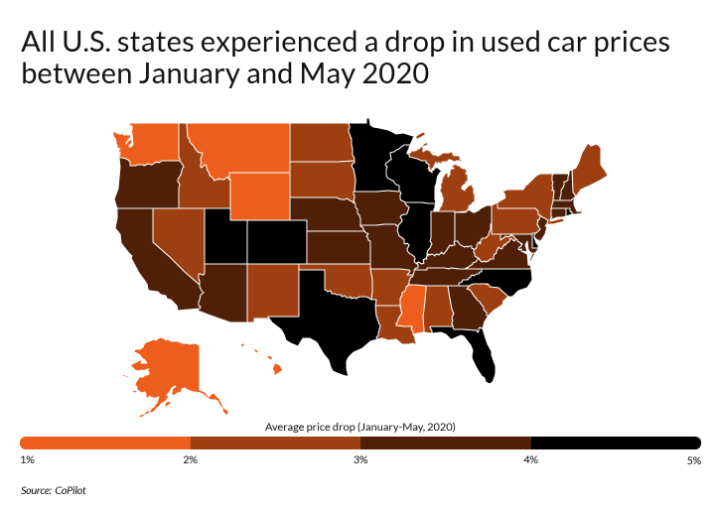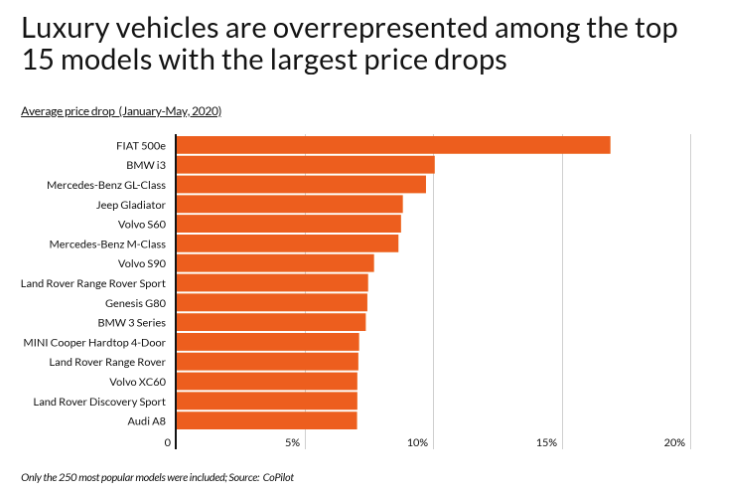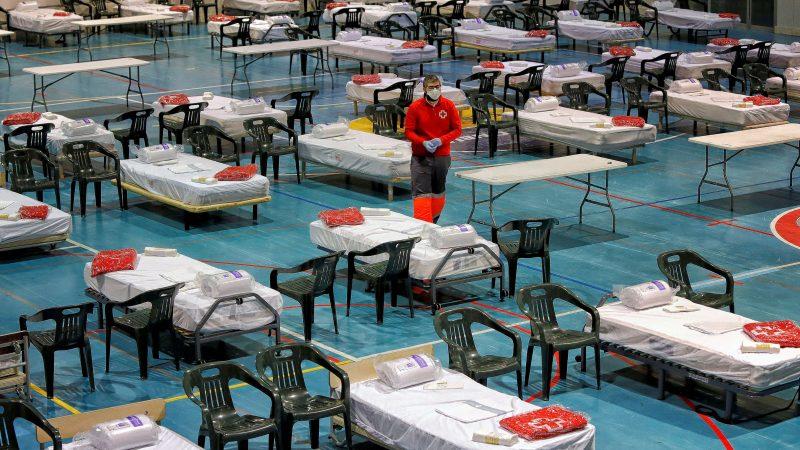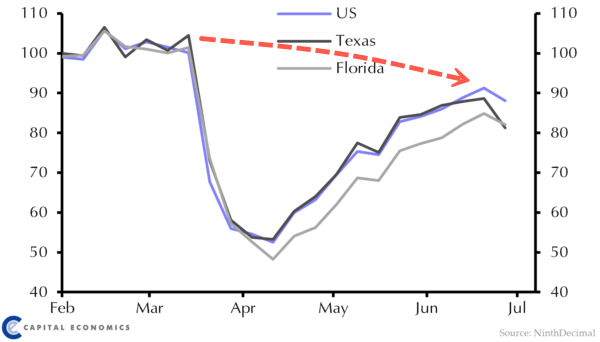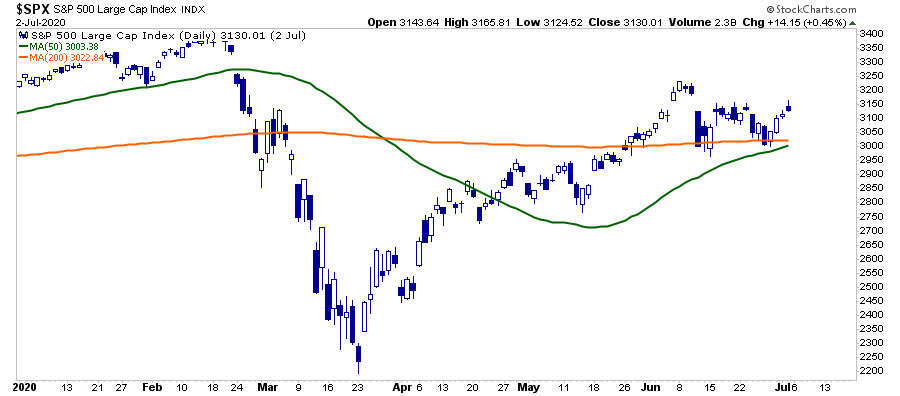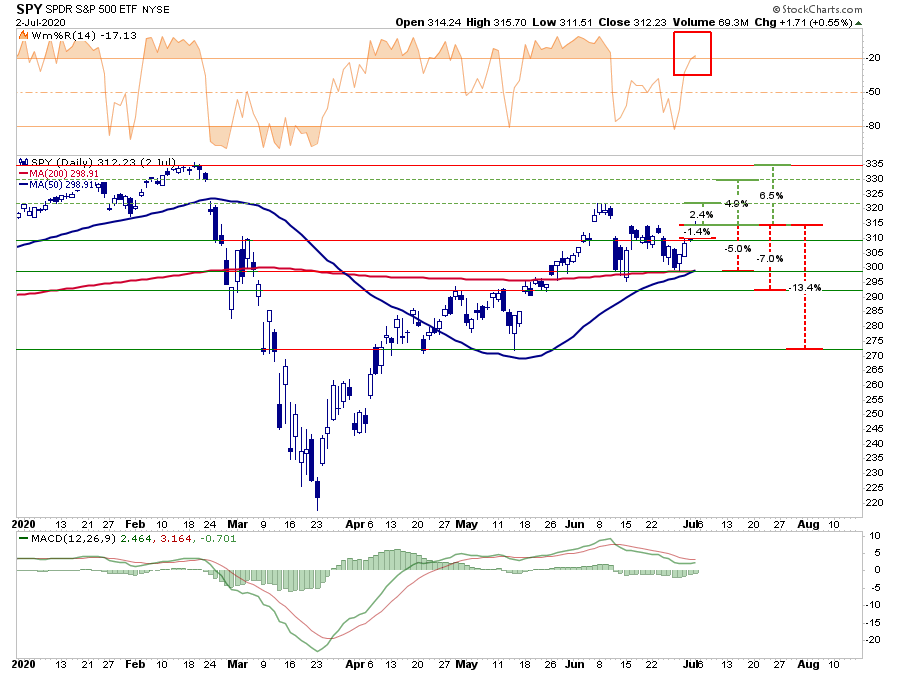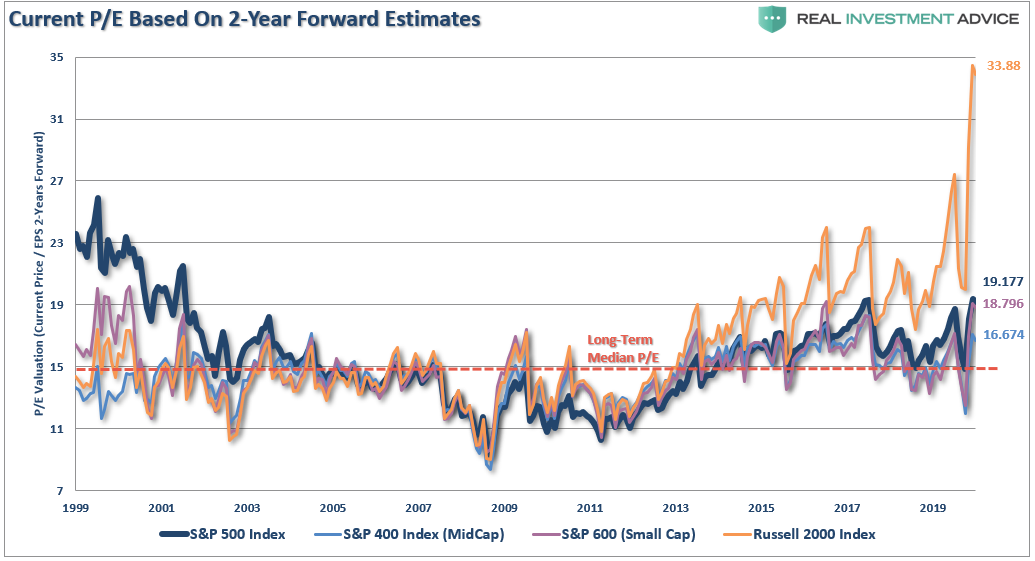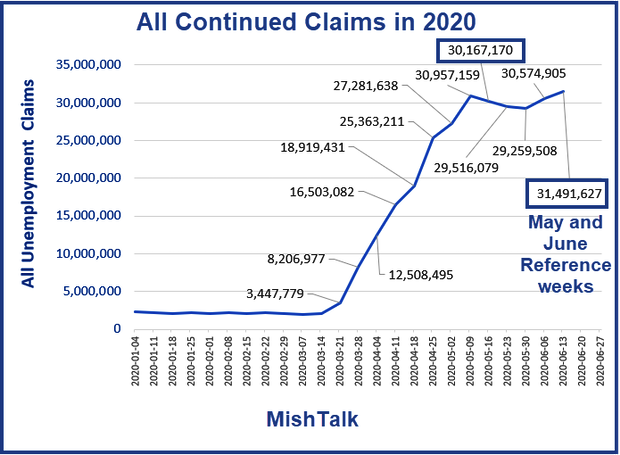Linda Greenstein and Joseph Lagana looked pained. The two New Jersey legislators knew their seats on the Labor Committee existed at the pleasure of the state Senate’s president, Steve Sweeney, who has a habit of removing his fellow Democrats from powerful positions if he doesn’t like their votes. Greenstein and Lagana had one job on December 5, 2019: back a bill that Sweeney had sponsored. And they did that job. But when the moment came to cast their votes and move the bill out of committee, each came close to apologizing.
The bill, which would have reclassified many independent contractors as traditional salaried employees, was promoted as a way to protect low-wage workers whose companies were cheating them out of salaries and benefits. But Greenstein and Lagana had just spent four hours listening to testimony from working mothers, senior citizens, African Americans, Hispanics, and suburban women—key parts of their party’s base—who said the legislation would instead destroy their chosen careers. The standing-room-only crowd that had come to testify against the bill included teachers, writers, bakers, lawyers, musicians, photographers, and truck drivers. It also included me: The bill threatened the stream of freelance writing and editing income I’d spent the past 17 years building.
“We heard an amazing—what I consider an amazing—amount of opposition,” Greenstein told the crowd, adding that the bill was the most confusing she has encountered in her two decades in the New Jersey Legislature. She ultimately voted yes, but she acknowledged for the public record that the legislation needed work: “I think that somebody used the term ‘unintended consequences,’ and it may be that that’s what’s going on here.”
State and federal lawmakers across America need to understand what those blue-state Democrats learned that day—and the Democratic Party needs to amend its labor platform accordingly. The debate we were having in New Jersey shortly before COVID-19 struck will be of critical importance for the entire American economy if we intend to climb out of the post-pandemic economic wreckage.
The Democratic Party had been planning to roll out bills like this across the country, hoping to compel companies to hire more people as employees with benefits instead of as independent contractors who get cash-only pay. The push started in California, where Gov. Gavin Newsom signed its version of the legislation—A.B. 5—into law in September 2019. Similar legislation was introduced around the same time in New Jersey and New York. On the federal level, language along the same lines was added to the proposed Protecting the Right to Organize (PRO) Act.
But the rollout didn’t go as planned. When A.B. 5 took effect in California on January 1, we didn’t see hundreds of companies convert independent contractors into employees. Instead, thousands of independent contractors lost work they loved, sometimes ending up without any income at all. Truckers, writers, photographers, and others filed multiple lawsuits against the state, and more than 30 cleanup or repeal bills were introduced in Sacramento. Even A.B. 5’s original sponsor introduced a bill to try to fix some of the damage her law had done.
Spooked by the California results as well as by local outcry, New Jersey lawmakers ended up withholding their support, and the legislation stalled. In New York, which had the benefit of watching California and New Jersey go first, there was enough concern about pushback that Gov. Andrew Cuomo, instead of giving full-throated support to that state’s version, tried to create a task force to study the issue (it failed to materialize before the pandemic hit).
But at the federal level, Democrats are still clinging to the original playbook. Presumptive presidential nominee Joe Biden has endorsed the idea, both tweeting his support for California’s A.B. 5 and saying he’ll make a federal version the law of the land if he wins the White House. He says California has “paved the way” to a better future for workers. The idea also has the support of prominent members of Congress, including Sen. Elizabeth Warren (D–Mass.), Sen. Bernie Sanders (I–Vt.), and most Democrats in the U.S. House of Representatives, which advanced the PRO Act in February.
They all say their stance is about protecting workers, even though California’s example has taught us that such regulations cripple huge swaths of the middle class, denying people the flexibility they want and the cash flow they need. And flexibility and cash flow will both be all the more important as COVID-19 forces many of us to change the way we work.
The legislation before the committee in New Jersey that day was built around something called the ABC Test. This three-question tool, which regulators use to determine whether a person is truly an independent contractor, requires that anyone doing work for a company be (A) free from the company’s control; (B) in a different line of business than the company; and (C) customarily engaged in the type of work, which is often interpreted as doing similar work for more than one company. If regulators feel that a person meets all three of the ABC prongs, then she can be classified as an independent contractor. If not, then a company that wants to hire her must treat her as an employee, or the state can slap the company with fines and penalties.
This ABC Test was created during the Great Depression in an effort to improve conditions for factory workers. It has been the standard in some states for decades, albeit in varying forms. Democrats often point to Massachusetts, which has had versions of the language on the books since the 1990s, as evidence that the ABC Test does not harm self-employed workers like the ones who have been protesting it in California, New Jersey, and New York.
But there’s a big difference between the system established in Massachusetts several decades ago and the one being advanced today: Politicians are now pushing regulators to interpret the ABC Test in a way that hurts independent contractors. In some states, for instance, the (B) prong of the test has two parts, saying the person can’t be in the same line of business as the company and can never work from the company’s office. That second provision allows freelance writers to sell articles to magazines, for example, as long as the writer never meets with an editor in the magazine’s office. It’s intended to stop “permalancing,” or having freelancers work in-house like staffers without treating them to the benefits enjoyed by employees—but it’s a demand that will sound crazy to any writer who takes an occasional in-person business meeting.
California truncated its (B) prong to remove the second part, which the PRO Act also does. But even without that second provision, no freelance writer can sell an article to a newspaper, magazine, or website editor. The writer and editor are both in the publishing business. They fail that prong of the test no matter where they do their work. So do musicians who hire other musicians to play a single gig at a club, or courts that hire interpreters to do a single Zoom call with a defendant who speaks a foreign language. In California right now, some college educators are reporting that the institutions where they teach must onboard guest speakers as employees, even if the speaker only spends an hour talking to students in a classroom.
And that’s just the (B) prong. The (A) and (C) prongs present their own sets of problems when you try to apply their 1930s-era language to the way people work in the year 2020.
The California bill, according to testimony there, was literally written by the AFL-CIO, which understands that it’s essentially impossible to unionize independent contractors; if independent workers deal together to set prices for work, they’re violating price-fixing laws. AFL-CIO chief Richard Trumka had this message for Democrats who don’t support the federal version of the legislation: “Do not ask the labor movement for a dollar or a door knock. We won’t be coming.”
In California and elsewhere, the main target in Democrats’ and union organizers’ sights is app-based companies such as Uber. Cuomo in January equated the entire gig economy with sweatshops of the early 1900s, saying everyone from rideshare drivers to newspaper carriers is being denied proper pay and benefits. He went so far as to compare Uber and its ilk to the Triangle Shirtwaist Factory, where a fire killed nearly 150 people in 1911. “As FDR, Al Smith, and Frances Perkins protected workers after the Triangle Shirtwaist Factory fire,” Cuomo said, “we too must protect workers from today’s threat, which is economic exploitation.”
The same message came from California Attorney General Xavier Becerra in early May, when that state sued Uber and Lyft. “Californians who drive for Uber and Lyft lack basic worker protections—from paid sick leave to the right to overtime pay,” he stated in a press release. “American taxpayers end up having to help carry the load that Uber and Lyft don’t want to accept. These companies will take the workers’ labor, but they won’t accept the worker protections. California has ground rules with rights and protections for workers and their employers. We intend to make sure that Uber and Lyft play by the rules.”
After A.B. 5 went into effect in January, those companies refused to reclassify their drivers as employees. Instead, they sued California to block enforcement of A.B. 5, calling the law unconstitutional and claiming that it violates, among other things, the “fundamental liberty” to work as an “independent service provider.” That lawsuit is still pending; in the meantime, Uber, Lyft, and other companies reportedly have invested more than $100 million in a campaign to get the issue on the ballot this fall. If enough voters agree, they hope to force California to classify app-based drivers as independent contractors, thus negating A.B. 5 for their industry.
For people like me, the bigger problem is that the app-based companies drawing lawmakers’ ire didn’t create the independent contractor business model, nor are they the only ones potentially harmed by legislation intended to stop it. In July 2019, researchers from the Internal Revenue Service, the Treasury Department, the University of Michigan, and New York University published a report on this segment of the U.S. workforce. They found that the share of workers with independent-contractor income was up 22 percent since 2001, “pre-dating the rise of the gig economy.”
The report also states that independent-contractor income is “not evenly distributed across workers,” tearing a huge hole in the argument that people classified as independent contractors are, as a rule, being exploited. The biggest chunk of self-employed people is in the top quartile of earnings, while the fastest-growing segment of self-employed people is in the bottom quartile. The new interpretation of the ABC Test can’t tell the difference between the bottom-rung Uber driver and a six-figure bandleader, even though they’re orders of magnitude different when it comes to financial insecurity and potential exploitation. Laws devised to protect one group could be disastrous for the other, not to mention many income levels in between.
Other studies have reached similar conclusions. ADP Research, an arm of one of the world’s largest payroll and human-resources services companies, released a report in February that identified “two worlds of gig workers.” The first type is skilled, older, highly educated, and choosing to work on what she enjoys. The second type is short-term, younger, less educated, seasonal, and on-call.
According to the U.S. Bureau of Labor Statistics and McKinsey & Co., 70–80 percent of independent contractors prefer contract work to a traditional job and do not feel financially strapped. I fall into that category—but the crusaders behind laws such as A.B. 5 treat people like me as if we are invisible. Here in New Jersey, a July 2019 report from Gov. Phil Murphy’s Task Force on Misclassification was written by a group that included no independent contractors and drew on work by the National Employment Law Project, a think tank funded by the AFL-CIO and other unions. The report acknowledged that misclassification of workers as independent contractors was most prevalent in low-wage, labor-intensive sectors such as janitorial services. But the policy changes it recommended applied to independent contractors across the board.
California’s law is already prompting companies in other states to deny work to independent contractors for fear that those other states will start to interpret the ABC Test in the same strict way. As of April, for instance, Hearst—one of the largest magazine publishers in the world, with titles ranging from Esquire to Popular Mechanics to Good Housekeeping—was notifying residents of Alaska, Indiana, Massachusetts, and West Virginia that because their states had an ABC Test on the books, freelance writers who lived there could no longer contribute to any of the company’s publications.
And it could get worse. Consider the second prong of the ABC Test—the one that bars a business from hiring an independent contractor in the same line of work. A stay-at-home mom who works a few hours a day online, teaching English as a second language to kids in China, is in the same line of work as the education company she works for. An attorney who’s asked to lend expertise in a single big case is in the same line of work as the law firm that needs his limited help. And then there’s the little matter of COVID-19. All those doctors, nurses, and respiratory therapists crossing state lines to work shifts in overwhelmed hospitals? They are medical professionals, so they and the hospitals hiring them are in the same business. The PRO Act, if it goes through unamended, would make it illegal for them to help unless a hospital brought them on board as staff employees.
None of that sounds like protecting working people. It sounds like forcing independent workers into traditional jobs they don’t want, aren’t asking for, and have been resisting for years.
The anti-contractor crusaders have been retooling their talking points with COVID-19 in mind, but not because they’re reconsidering the costs their regulations could impose on society during a pandemic. Instead, they’re presenting their rules as a way to protect workers during the crisis.
On April 1, Sen. Warren highlighted the people “serving customers who cannot leave home during the pandemic,” calling on gig companies to reclassify them as employees to “ensure they are provided a full suite of employee protections and benefits.” That same day, instead of simply disbursing federal pandemic aid for out-of-work independent contractors, California’s Employment Development Department all but threatened to audit companies that hire them if the contractors applied for the benefits. “We hear you, #independentcontractors!” the agency tweeted. “We have a process to determine if you’ve been misclassified.”
A day later, New Jersey’s labor commissioner was asked about the process for independent contractors to apply through his office for federal pandemic aid. “We feel a lot of people who are independent contractors should be classified as employees,” he replied.
On April 8, some of the academics who had promoted the restrictive California law sent an open letter to all state unemployment agencies, demanding that they focus on reclassifying Uber and Lyft drivers as employees instead of simply disbursing the federal pandemic aid those workers were entitled to receive as independent contractors. The AFL-CIO also repackaged a number of its misclassification demands into something it called the “Labor Plan,” demanding benefits like paid sick leave and unemployment insurance for all workers.
Those benefits may sound good on paper, but they make zero sense for freelancers like me. Which of the dozen or more magazines and newspapers I write for should have to pay me sick leave? How would that time be accrued when I do not write for anyone by the hour, by the day, or on a salary? Am I unemployed if my regular clients need me to write less, but my income stays the same because I write more for other clients? There is no universe in which it’s rational for people like me to be classified as traditional employees. Changing labor laws in this way wouldn’t help us; it would do exactly what it has in California and at publishing houses such as Hearst: make our clients afraid to work with independent contractors at all.
It’s easy to fall in behind calls to better protect workers, especially the ones we see delivering food to our doors through services like Uber Eats and Grubhub. We are all grateful for the work of these people, whose contributions are now more pronounced in our daily lives. Of course we want them to have higher pay and the ability to stay home if they’re sick.
But when the calls come to “reclassify independent contractors as employees,” we also need to think about the many contractors who would be better off staying classified exactly the way we are. Some of us—such as the vast majority of truckers now keeping our nation’s supply chain moving in ways the public doesn’t see—are proving themselves essential during the pandemic too. At the Port of New York and New Jersey, a whopping 77 percent of truckers are independent contractors, a fact revealed in testimony that day in December at the New Jersey Statehouse. A lot of them were there too—they filled about half the room. Like me, they wanted lawmakers to leave them alone.
Fortunately, some of the lawmakers pushing these bills are backing down, at least partly. Following the disastrous fallout in California, Democratic Assemblywoman Lorena Gonzalez—A.B. 5’s original sponsor—has promised to revise the law with exemptions for freelance writers and others. If Twitter is any indication, the amendments won’t solve all the problems the law is causing. (Consider that this may be the first time since the Founders adopted the First Amendment that writers have actually needed an exemption from a labor law to be able to work freely anywhere in this country, with any publishers they choose, as often as they wish to write.) But it’s a start.
In New Jersey, support has been building in both parties not just to abandon the stalled ABC Test legislation but to shift the state entirely to the modern IRS Test. Written in the 1980s and updated since then, the IRS Test is far more robust and detailed than the ABC Test’s three basic questions; it’s much more likely to give regulators enough information to determine the difference between a $10-an-hour delivery driver and a six-figure musician.
If New Jersey politicians need reassurance that they’ll have a fight on their hands should they choose to revert to the previous game plan, they need only look to New York City. There, in late April, lawmakers introduced a bill similar to California’s A.B. 5, saying it would protect gig workers. The outcry from independent contractors was so loud that the bill’s supporters are now replying to freelancer complaints with a form letter promising to write better exemptions for entire swaths of the economy so that “the same mistakes made in California will not be repeated here.”
The pandemic has made me more grateful than ever to be able to earn my living as an independent contractor. I’m my own boss, and that means no one can force me to go into a situation I feel is unsafe. I was already set up to work from a home office, so I required no adjustment period to maintain productivity. Having multiple streams of income from multiple companies, instead of a single salary that can be wiped out all at once, continues to make me feel more financially secure. And yes, I have health insurance.
Financial security isn’t determined by whether you’re a traditional employee or an independent contractor. It’s determined by things like earning enough to have a savings account and having the ability to stay home when you’re sick. Those things can be, and are being, achieved by employees and independent contractors alike.
That much was vividly evident the day we testified before the New Jersey Senate’s Labor Committee. Independent contractors by the busload stood up and said so. After coming to understand that reality, Sen. Greenstein strongly urged her fellow Democrats not to rush headlong into a mistake. “With something this important,” she said, “a little time needs to be taken to be absolutely certain that we’re doing the right thing.”
Sen. Lagana backed her up with a call to support, not harm, the working people that our leaders are supposed to represent. “We have to do our best job to ensure that those traditionally independent classes of employees will remain independent,” he said, “and that those who wish to remain independent, that their voices can’t be stifled.”

from Latest – Reason.com https://ift.tt/3gyJBOV
via IFTTT


